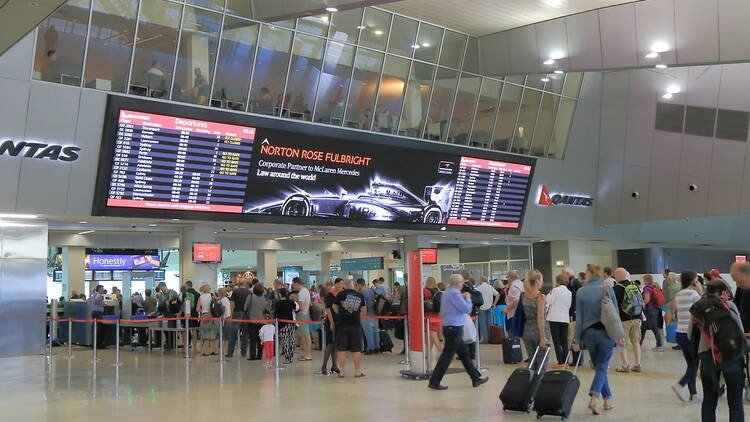Australia’s immigration debate has intensified in recent months, with claims circulating that migration is spiralling “out of control.” Yet, new government statistics and Treasury projections reveal a different picture. According to official data, net overseas migration has already begun to decline from recent peaks and is expected to continue falling in the years ahead.
The figures highlight that while migration levels remain higher than pre-pandemic averages, the long-term trajectory is downward. Analysts say this trend refutes claims that the system is facing an unchecked surge. Instead, the data suggests a natural adjustment as the country recovers from post-pandemic demand.
Treasury forecasts indicate that the net intake of overseas arrivals has likely passed its peak and will return closer to historical averages over the medium term. This projection reflects several factors, including slowing student arrivals, changes to visa processing, and broader economic conditions that reduce migration flows.
Government officials emphasize that migration policy remains under careful management. They argue that the numbers show a return to balance rather than uncontrolled growth. The Treasury’s forward estimates, released alongside recent economic updates, suggest that the annual intake will stabilize well below the record highs seen during the initial reopening phase after COVID-19.
For context, Australia experienced unusually high migration levels in 2022 and 2023, when border reopenings drove a surge in student arrivals and skilled workers seeking opportunities. While these inflows boosted population growth, they also fueled debate over housing shortages, infrastructure strain, and job competition. Critics of current policy pointed to the peak figures as evidence that migration was excessive.
However, experts caution against relying on short-term surges as a measure of long-term sustainability. Recent data shows that growth is easing and the numbers are adjusting as temporary factors fade. The current trend, they argue, points to a manageable intake that balances economic needs with social capacity.
Housing affordability and infrastructure planning remain at the center of the debate. Community groups and political opponents continue to express concern that migration contributes to rising rents and pressure on services. Yet, economists note that migration levels are only one factor in these challenges. Broader issues, such as supply constraints and planning delays, play an equally significant role.
The government has pledged to align migration with labor market priorities, focusing on skilled intake and ensuring that new arrivals meet economic needs. Officials stress that reforms to streamline skilled visas and adjust student flows are aimed at keeping migration sustainable while addressing workforce gaps in healthcare, construction, and technology.
Public opinion remains divided. Some Australians view migration as essential for economic growth and cultural diversity, while others fear it places too much strain on cities and services. The new data is likely to shape this debate, providing evidence that the system is not spiralling out of control but rather settling into a downward path.
Treasury’s forecasts align with independent demographic research, which also points to a moderation in migration growth. Analysts believe this will ease pressure on housing and infrastructure over time, though meaningful relief will depend on broader policy action.
Ultimately, the evidence suggests that Australia’s immigration trend is neither chaotic nor unsustainable. Instead, it reflects a period of adjustment after extraordinary post-pandemic conditions. As migration levels normalize, policymakers will continue to face the challenge of balancing economic benefits with social pressures in a way that maintains public confidence.







